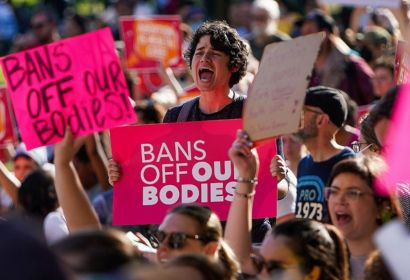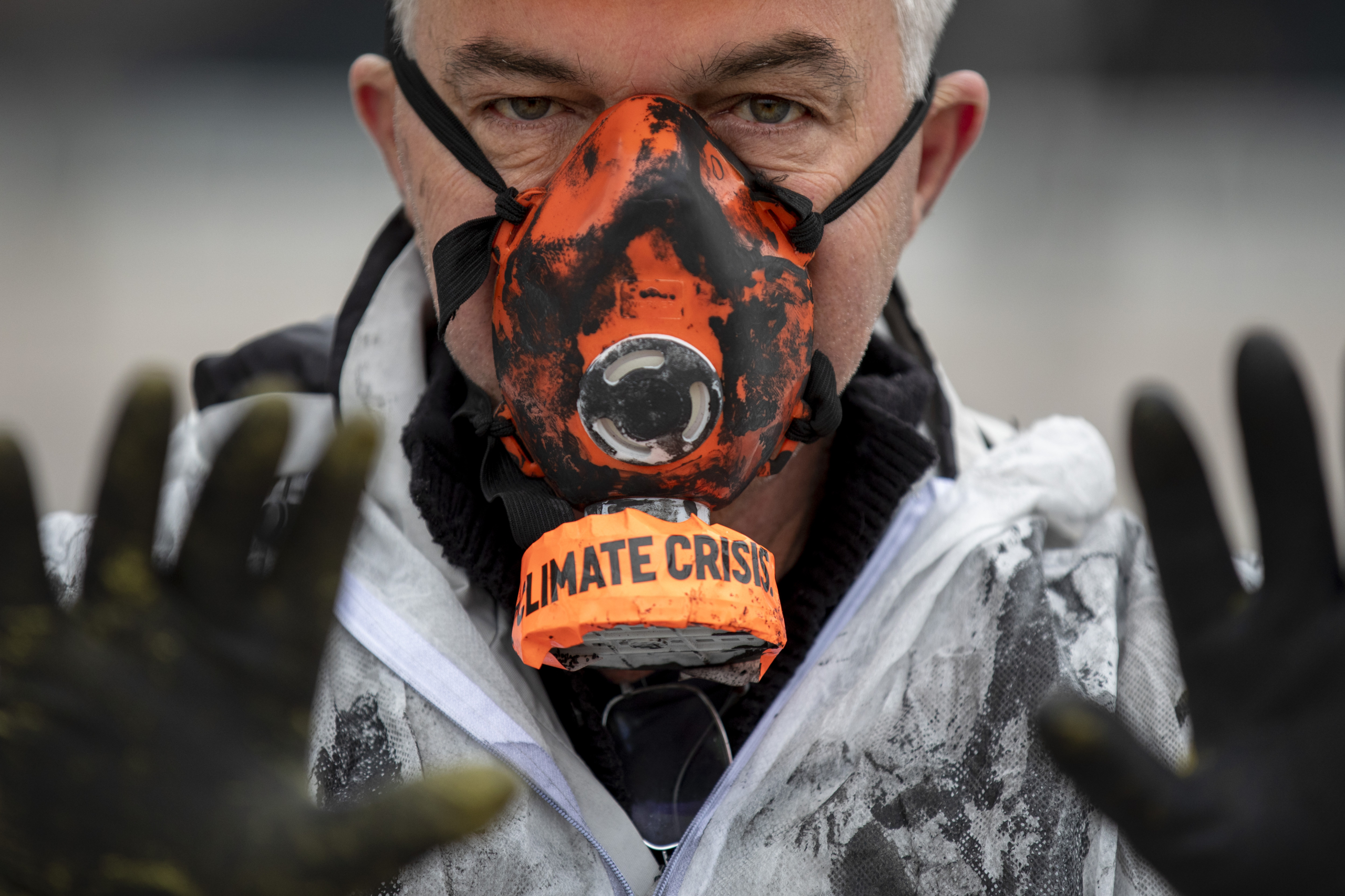The highest-level authorities in Colombia must send a clear and strong message that the disproportionate use of force by the National Police is unacceptable, and immediately put a stop to the repression of protests over the death of lawyer Javier Ordoñez, Amnesty International said today, following the verification of at least four incidents of human rights violations committed by police officers, including torture and excessive use of force.
“We’ve verified video evidence of how Colombia’s National Police tortured lawyer Javier Ordoñez with an electric Taser gun, using excessive and unnecessary force against him,” said Erika Guevara-Rosas, Americas director at Amnesty International.
“We demand an immediate end to the excessive use of security forces against protestors seeking justice for the death of lawyer Javier Ordoñez. In addition, we urge the authorities to send a strong message of condemnation and carry out prompt, exhaustive, independent and impartial investigations into the human rights violations committed by the Colombian police.”
On 9 September, two police officers violently detained Javier Ordoñez, immobilising him and shooting at him with electric Taser X2 guns for allegedly not complying with selective isolation regulations due to the COVID-19 pandemic. Once immobilised, and not posing any danger to the officers whatsoever, they continued to apply direct shocks to his body for approximately five minutes. Javier Ordoñez asked them to please stop, as did witnesses who were recording the incident from close by. He died in hospital hours later.
In accordance with international human rights standards, electric Taser guns and other similar so-called “less lethal” weapons must be used under similar protocols as lethal weapons, as they can cause serious injuries and even death. Governments must limit their use to situtions in which the lives of the officers who carry them are in genuine and imminent danger; they must only be used as a stun weapon in situations which otherwise would require the use of lethal force, following the principles of legality, neccessity and proportionality in the use of force. The deliberate use of potentially lethal force to mainatin order in the face of threats that are not severe, that do not pose a serious and imminent threat to the life or physical safety of third parties, is considered disproportionate use of lethal force.
“The use of Tasers in direct contact with the body, as in the case of Javier Ordoñez, is absolutely unacceptable. The prolonged use on a detained and immobilised person who did not represent any danger whatsoever to the officers is clearly punitive, with the aim of intentionally causing severe pain and injuries; thus it constitutes torture,” said Erika Guevara-Rosas.
“In such situations, Tasers should only be used by officers who have undergone a high level of rigourous training and are subject to strict systems of monitoring and accountability, in accordance with UN regulations on the use of force and firearms by police. If governements cannot comply with these regulations, the use of Tasers must be stopped.”
Following the death of Javier Ordoñez, there were protests on 9 September in Bogotá and other cities, some with acts of vandalism and violence on the part of some protestors.
Amnesty International’s Digital Verification Team has verified video evidence of different instances of excessive use of force by the National Police in response to these protests. For example, there is evidence of police officers savagely dragging a woman in the vicinity of the Police Immediate Action Commandos (CAI) in Galerías, Bogotá.
The organization has also verified two incidents wherein police officers fired repeatedly at the place where the protests were taking place, injuring at least one person. One of the incidents took place near CAI Rincón De Suba, at Carrera 93; the other took place near CAI Verbenal at Calle 187, Bogotá. In a video of the second incident, two police officers on motorcycles can be seen driving through the crowd, firing indiscriminately and leaving one person injured on the ground.
Social unrest has continued to escalate and Amnesty International is also verifying disturbing images of the protests on 10 September and the possible disproportionate use of force by security forces.
On 10 September the Minister of Defense, who is responsible for the National Police, reported that 403 people were injured (194 of which were members of the security forces) and 10 people were killed (seven in Bogotá and three in Soacha). In the same statement, the Minister of Defence referred to the protests as systematic and coordinated acts of vandalism. On 11 September, the Minister apologised for “any violation of the law or lack of knowledge of the regulations that any members of the institution have been involved in” and announced the removal of five officers from their posts in order to avoid them interfering with the investigation into the death of Javier Ordoñez.
“It’s unfortunate that the Minister of Defence considers the people’s call for justice and a police force that respects human rights as an act of vandalism. This stigmatization only encourages the police to violate the human rights of the protestors even more,” said Erika Guevara-Rosas.
This is not the first time that the organization has denounced human rights violations by the Colombian Police. In November 2019, Amnesty International verified at least five human rights violations committed by security forces in response to social protests.
For more information or to arrange an interview, contact Lucy Scholey, Media Relations, Amnesty International Canada (English branch), 613-853-2142, lscholey@amnesty.ca
Read more:
Colombia: Authorities must impartially investigate the repression of protests (News, 22 November 2019) https://www.amnesty.org/en/latest/news/2019/11/colombia-autoridades-deben-investigar-represion-de-protestas/













